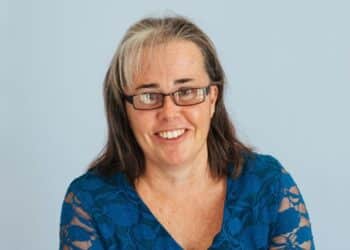Speaking in a recent CFS podcast, Colonial First State head of technical services Craig Day said that one of the common questions around downsizer contributions is around whether the sale proceeds of subdivided blocks can be used as a downsizer contribution.
Downsizer contributions allow eligible individuals to make a downsizer contribution into their superannuation of up to $300,000 per person ($600,000 per couple) from the proceeds of selling their home. From 1 July 2022, the eligibility age will drop to 60 years or older.
In order to make the contribution, the client must meet the eligibility criteria, which includes the proceeds from the home being either exempt or partially exempt from capital gains tax under the main residence exemption.
CFS senior technical manager Julie Fox explained that in a typical situation involving a subdivision, the block is subdivided and the client is left with two CGT assets, one with the house that they live in and one piece of vacant land.
“So that’s two different titles and two CGT assets. However, if you sell that vacant land on its own, it doesn’t have a main residence with it, so, therefore, it won’t qualify for either the full or part main residence exemption,” said Ms Fox.
She also noted that there are a lot of different qualifications when it comes to the tax rules around the CGT main residence exemption.
“When you subdivide and you have two separate titles, the adjacent land can include land on a separate title. However, if one of those separate titles is vacant, the main residence rules require adjacent land on a separate title to be sold to the same person at the same time to be able to qualify for any main residence exemption,” she stated.
“If you’re retaining the block with the house on it and selling part of the vacant backyard that you subdivided separately, it’s not going to qualify for any main residence exemption, and therefore, you couldn’t contribute any of the proceeds of the downsizer contribution.”
Thinking about it strategically, however, Mr Day said the client could consider developing the vacant block and moving into that and then selling the previous block with the dwelling on it.
“The new home would generally qualify for a full main residence exemption as long as you sold it within six months of moving into the new house, but even if you took longer, you would still qualify for a partial main residence exemption on the original home,” said Ms Fox.


